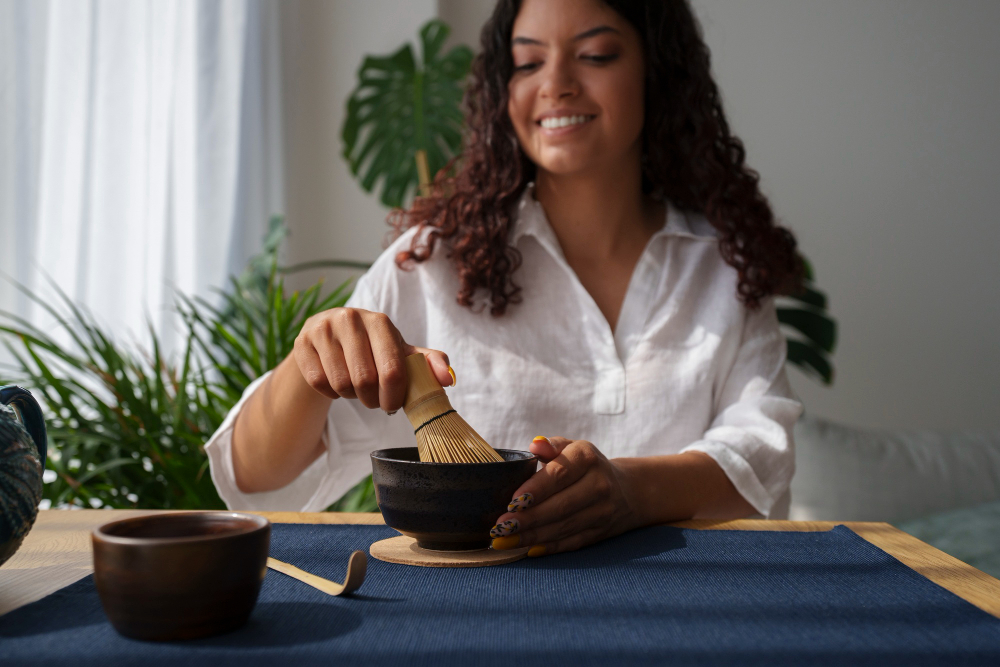The Art and Aesthetics of a Kava Tea Ceremony

Kava tea ceremonies have been around for thousands of years amongst the people of the Pacific Islands. Traditionally, the beverage is used to bring people together—in social gatherings, traditional ceremonies, and cultural celebrations. If you plan to visit the South Pacific or sit in a kava tea ceremony, understanding its significance and the art and aesthetics of the ceremony is crucial. Let’s dive deeper into what kava is to help understand the importance of and what to expect in the tea ceremony.
What is kava?
Kava—also known as yaqona, awa, ava, or sakau—is a plant grown on islands all over the South Pacific. Piper methysticum is a shrub in the pepper family. Kava tea is made by grinding the roots of the plant, mixing them with water, and straining. The beverage has been used in traditional ceremonies for thousands of years and is known to promote feelings of happiness and inner peace.
The significance of the kava ceremony
The kava ceremony holds much significance amongst natives of the South Pacific. A kava ceremony may take place to celebrate a special occasion, welcome new visitors to the island, or even settle an argument. Beyond special occasions, some people may hold ceremonies daily with friends and family.
No matter the purpose of the specific ceremony, kava ceremonies are a way of showing respect and an opportunity to connect with others in your community.
Preparing the beverage
In a traditional kava ceremony, the preparation of the drink will be the responsibility of a trusted member of the community. The roots of the shrub are cut into small pieces and then ground into a powder using a mortar and pestle. Outside of traditional ceremonies, kava available for purchase that’s already in powder form is typically mechanically ground.
The powder is poured into a cloth or strainer bag, and the cloth is placed into a bowl. Hot water is poured into the bag, and the bag is then closed to steep for five to ten minutes. The kava in the bag is then kneaded for up to 15 minutes. The strained liquid can then be distributed and enjoyed.
The art of the ceremony
When joining a traditional kava ceremony, you’ll likely take a seat in a circle on the floor. Everyone often gathers on a large, beautifully woven rug. People may be dressed in ceremonial attire as they file into the space, and it’s a good idea for participants to dress with respect as well. The kava maker or leader will bring the bowl in and place it in the center of the circle before preparing the kava. The kava beverage is traditionally served in half-coconut shells, starting with the person of the highest rank.
No matter the purpose of the ceremony, it will likely be filled with light-heartedness, laughter, and good conversation. When finished with your kava, you may feel a sense of relaxation, ease, and serenity. Keep in mind that kava ceremonies are ultimately about respect, community, and connection, so it’s important to treat the ceremony and its attendees in a way that honors that.
Purchasing your own kava
Whether you’re partaking in drinking the beverage on your own at home or are looking for ceremonial kava, it’s always a good idea to find an organically grown supply. The higher the quality of the kava, the better an experience you’ll have with the plant. Check out our kava shop to see varieties from islands all over the South Pacific, like Fiji, Papua New Guinea, the Solomon Islands, and more.

